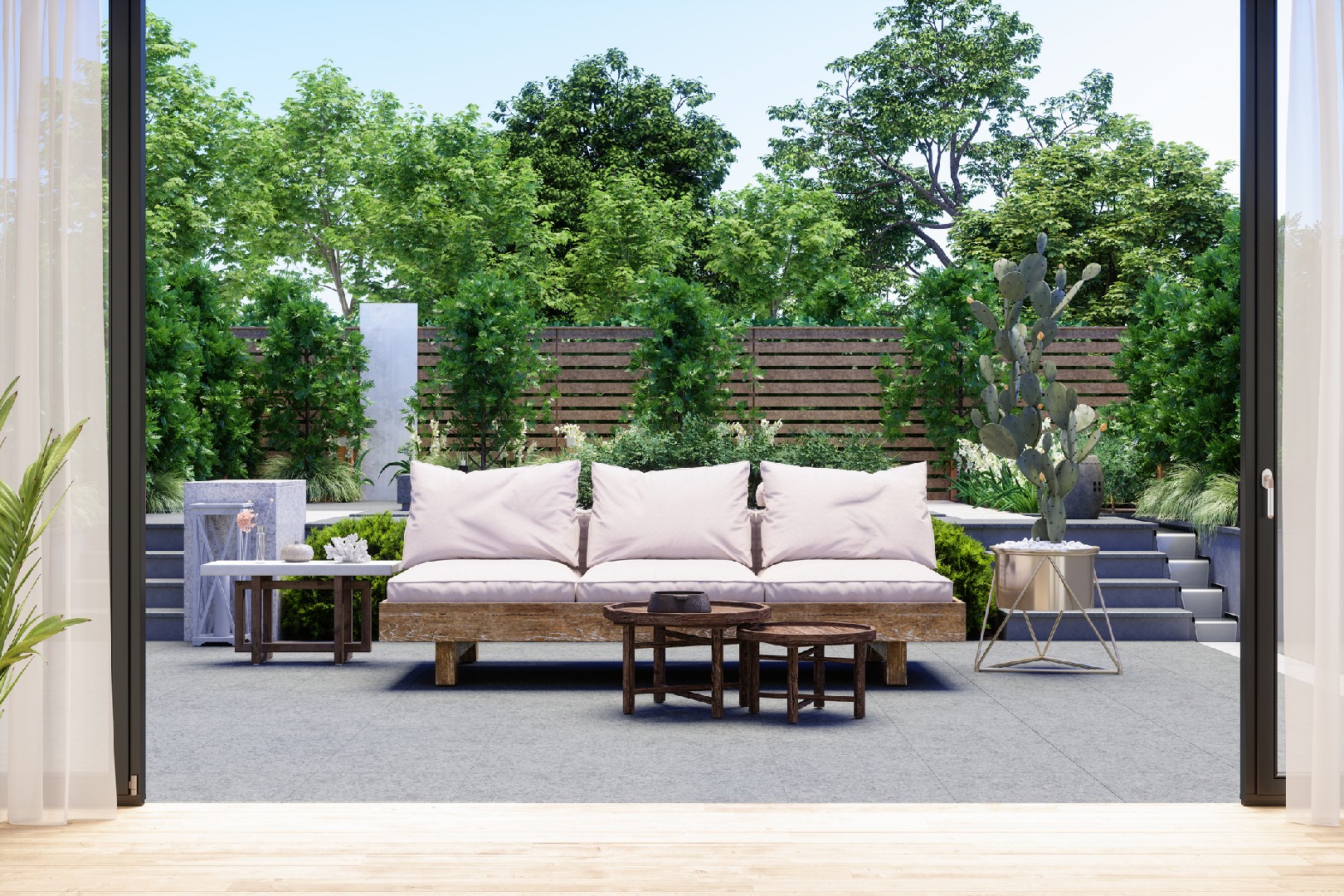![Rectangle]()
Key Elements of a Minimalist Garden
A minimalist garden is all about simplicity, clean lines, and a soothing atmosphere. To create a contemporary minimalist garden, there are several key elements that you need to consider. Let's delve into these elements and discover how you can master the art of modern minimalist garden design.
Clean Lines and Geometric Shapes: One of the essential components of a minimalist garden is the use of clean lines and geometric shapes. These elements create a sense of order and simplicity in the garden. Straight pathways, rectangular or square planters, and neatly trimmed hedges are some examples of how you can incorporate clean lines and geometric shapes into your garden design. They add structure and a modern touch to the overall landscape.
Carefully Chosen and Placed Plants: Choosing the right plants is crucial in a minimalist garden. Opt for plants that have a clean and architectural look, such as ornamental grasses, succulents, and evergreen shrubs. These plants not only require less maintenance but also provide a visually appealing aesthetic. Place them strategically in your garden, ensuring they enhance the overall composition and don't overcrowd the space. Keep the color palette restricted to a few shades to maintain a cohesive and minimalist look.
Materials: When it comes to materials, natural stone, concrete, and wood are commonly used in minimalist gardens. These materials blend seamlessly with the natural surroundings and add a touch of elegance to the garden design. Consider using large slabs of natural stone for pathways or a concrete wall as a backdrop for the plants. Incorporate wooden elements, like benches or minimalist pergolas, to create a warm and inviting ambiance. Keep the materials simple, focusing on their texture and form rather than intricate details.
Simplicity in Maintenance: A key advantage of a minimalist garden is its low maintenance requirements. To keep your garden looking pristine and effortlessly stylish, opt for plants that are drought-tolerant and require minimal watering and pruning. Use mulch to suppress weeds and reduce watering needs. Regularly remove any dead or dying foliage to keep the garden looking fresh and neat. By designing your garden with simplicity in maintenance in mind, you'll have more time to relax and enjoy its serene beauty.
In conclusion, creating a modern minimalist garden involves incorporating clean lines, geometric shapes, carefully chosen plants, and the right materials. By paying attention to these key elements and keeping simplicity and minimalism at the forefront of your design, you can master the art of modern minimalist garden design. Remember to choose low-maintenance plants and materials that are easy to care for, ensuring that your garden remains effortlessly stylish all year round. So why wait? Start designing your own minimalist garden and enjoy a serene and contemporary outdoor space.





